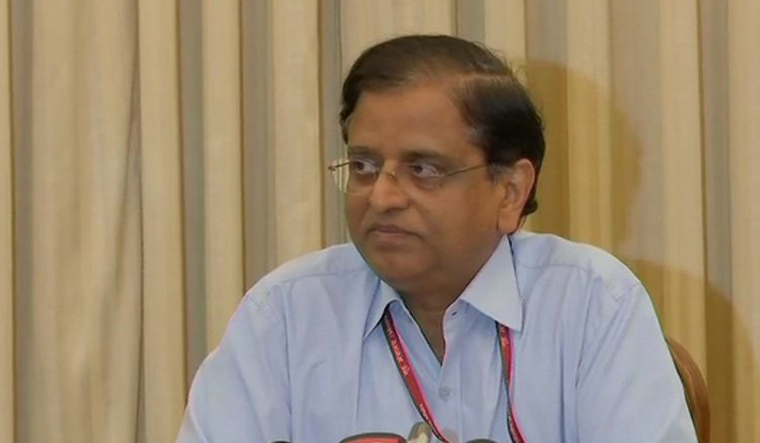The stimulus package focuses more on the supply side. What could be the reason for such a strategy?
More than 90 per cent of the package is credit and liquidity. A credit-driven package is usually called a supply-side package. However, the present package is 50 per cent liquidity alone. Liquidity may translate into credit, but is not credit. The credit part of the package is also targeted at a narrow band of enterprises (only 45 lakh MSMEs of an estimated 7.5 crore are expected to receive additional credit) and, therefore, is not addressing the supply side fully. I do not think it can be called a pure supply-side package. The most ostensible reason for adopting a liquidity and credit heavy package is to protect the fisc from excessive blow-up. The ballooning of the fiscal deficit can lead to inflation as well. It might also be at the back of the mind of policy makers that the banking system would be able to scrutinise the proposals of credit more professionally.
What are the pros and cons of such a prescription for the economy?
The Indian economy, suffering from a stringent lockdown, is likely to contract by 5-10 per cent in 2020-21. Indian businesses across the sectors—construction, manufacturing, services—are reeling under the impact of the lockdown. MSMEs are the worst affected. More than 100 million workers have lost their jobs. A survival and revival package was needed to put the businesses and the workers back in production mode. Workers needed some cash support for surviving the crisis. The package does not deliver both. It is therefore unlikely to put the economy and businesses back on track. The disruption would last a lot longer. The livelihood crisis of workers is likely to persist. The pain will linger longer.
What do you think about the migrant crisis?
The migrant crisis reflects a much deeper problem in our economy and society. Migrant workers typically live in subhuman conditions in cities with a hope in their hearts that the higher incomes they earn will make the future of their children a little better. The lockdown came as a rude shock to them. They lost their jobs and their incomes. Migrant workers are always short of savings. As no financial help reached them from the government, their desperation came out in the open. Within a few days into the lockdown, thousands were trying to walk back to their roots. But they were not allowed to do so. At that time, the spread of the infection was also much less. They had to stay for over 40 days in very risky and painful conditions. They also acquired some infection during this period as the cities were the primary places spreading the infection. Their total hopelessness drove them to come out and walk hundreds of miles to somehow reach their villages. This is possibly the worst humanitarian crisis in independent India.
In retrospect, we all are wiser. However, a little more gradual and sequenced lockdown limited to businesses and places which carried higher risk of infection instead of a hurriedly imposed total lockdown possibly would have been better. Even when total lockdown was imposed, migrants should have been allowed to go to their villages in the first week. In fact, the government and society should have facilitated their travel and transportation.
Migrants have gone back to their villages feeling bitter and hopeless. It would take a lot more time and effort to bring them back to their jobs and adopted homes.
Your suggestions for reviving the economy.
Most of the economy has been opened. The rest of it should also be opened. We should dismantle the straitjacket of the Disaster Management Act. Economy has never done well when it has been subjected to control, permissions, directions and licences. People are rational. It was important to instil the sense of serious danger posed by Covid-19. The message has been driven home loud and clear. Now, let us trust people to run their lives. The government should provide broad advisories, conduct much more random tests and in public places. Those who unfortunately get infected should be isolated and treated. The government should manage public health. Businessmen and workers should be left to run the economy.



